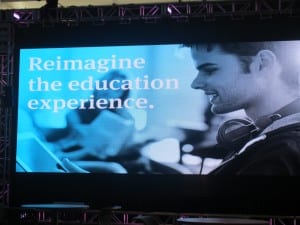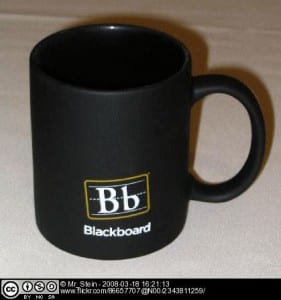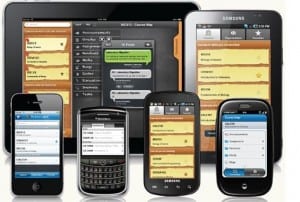Flipping the Institution: Higher Education in the Post Digital Age happens July 7th at the University of Greenwich. It’s the 13th Academic Practice and Technology (APT) Conference and the focus is on the challenges facing the post digital university in the post digital age. My presentation is ‘e-learning, e-teaching, e-literacy; enhancement versus exclusion’. Like my ASCILITE paper on e-teaching craft and practice, it takes the staff rather than student perspective, much of which has derived from the TELEDA courses. These offer a privileged insight into the influences on colleague’s attitudes and behaviours towards technology. Not only have they highlighted the divide between the technology innovators and the rest of us, they have reinforced how our use of technology is personal – it reflects how we are – which makes the development of any consistent approach a challenging prospect.
I don’t claim to be an innovator or early adopter to use the language of Rogers (2003 5th ed). Anyone who works with me knows if the technology can go wrong then it’s me it goes wrong with. I’m an advocate because of its potential for widening participation, for flexible 24/7 access and for users of assistive technology. Digital data has the potential to be customised to suit any individual requirements but in order to achieve this, resources and environments have to support inclusive practice and the principles of universal design.
TELEDA2 – Social Media and e-resources – is nearly over. The Learning Blocks are finished, portfolios have been submitted and as the whole TELEDA experience draws to a close, I’m looking back over the past three years. It’s been a roller coaster trip full of highs and lows which I guess is in the nature of innovation. Each course included an inclusive practice learning outcome:
Reflect upon, and demonstrate a critical awareness of inclusive practice in relation to online teaching and learning resources, communication and collaborative working with and between students
This was my way of raising awareness of the value of online learning. Sometimes this worked. Sometimes it didn’t. TELEDA has given much to reflect on with regard to my own practice. It suggests a key challenge facing the post digital university in the post digital age is the amount of resistance towards the use of virtual environments as anything other than electronic pin boards as well as widespread misunderstandings around issues of accessibility.
e-literacy is complex. It’s personal and political. When it comes to technology for education I realise I’m in a different place. We all are. The way we see and use technology is an extension of how we live and everyone is unique.
If e-learnng and e-teaching are to have value there needs a shift in ethos towards seeing virtual environments as enablers rather than chores. Technology fads arrive driven with the enthusiasm of the few. Always there is the hope of a magic key which makes a difference to perception and use. I started out seeing the flip as an opportunity to revisit enhanced use of VLE like Blackboard. Not I’m not so sure. I wonder if the risk is to return to seeing the VLE as a place to store content, rather than the interactive, collaborative and equitable learning experience it has the potential to be.
















